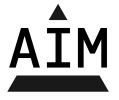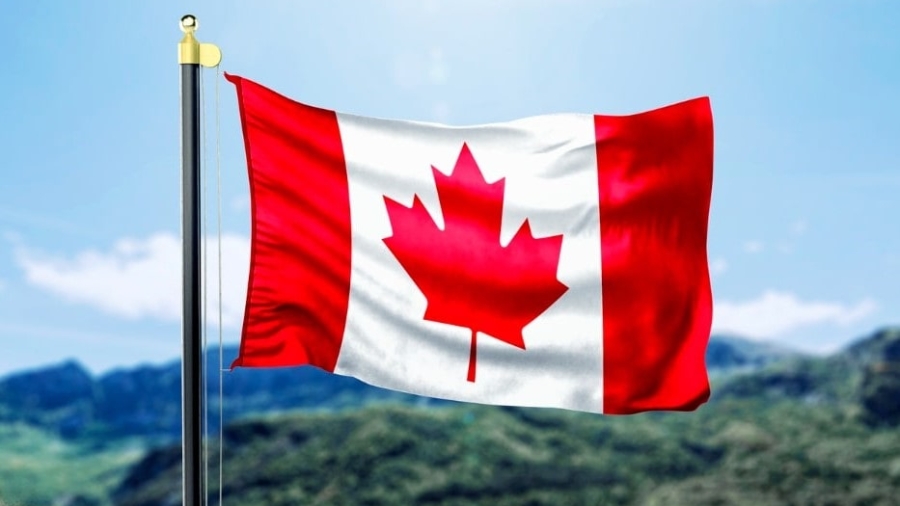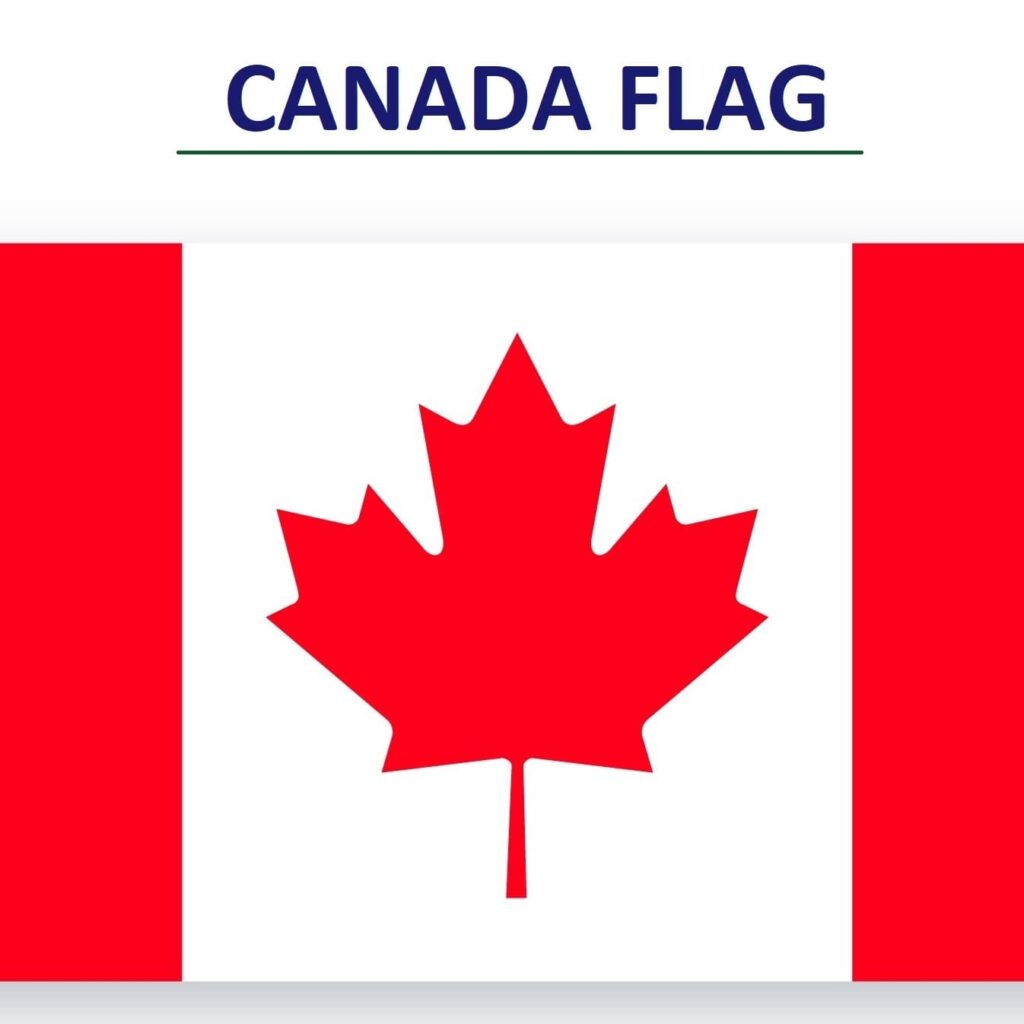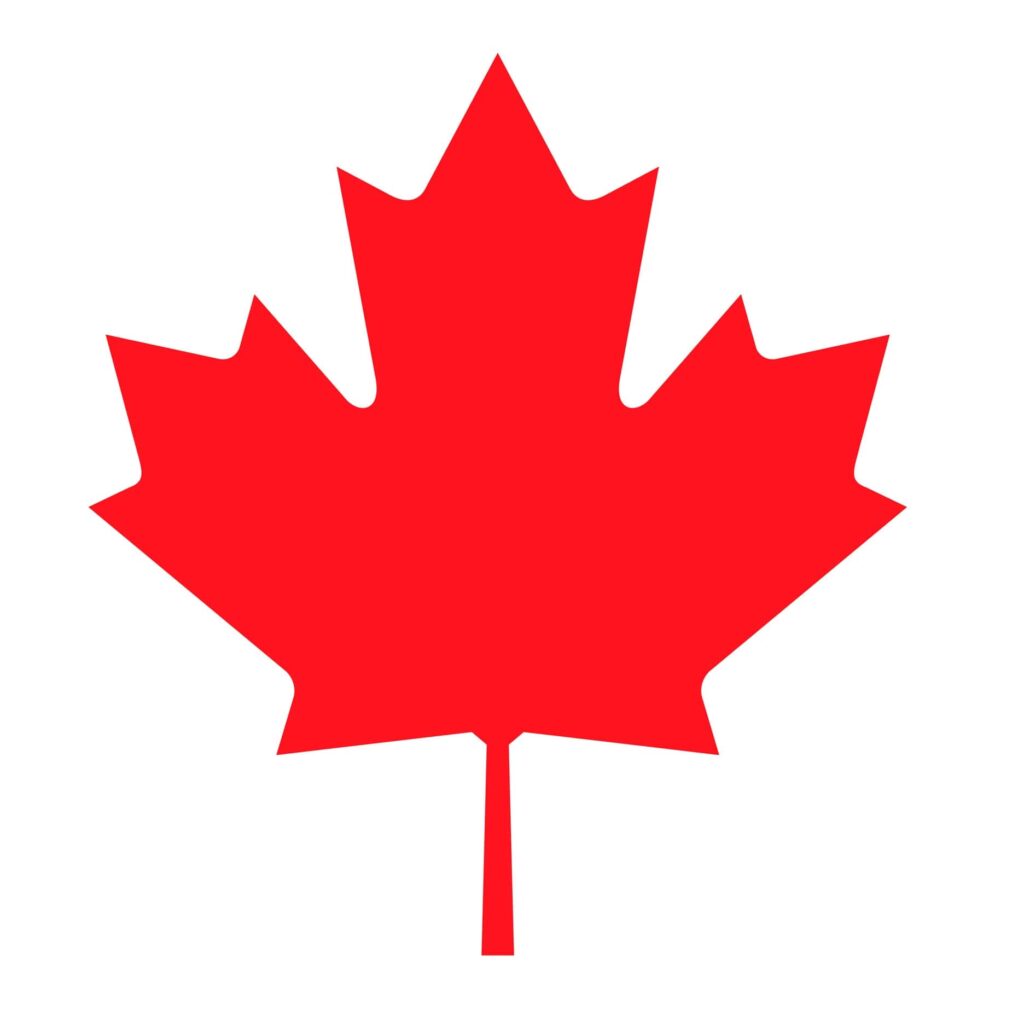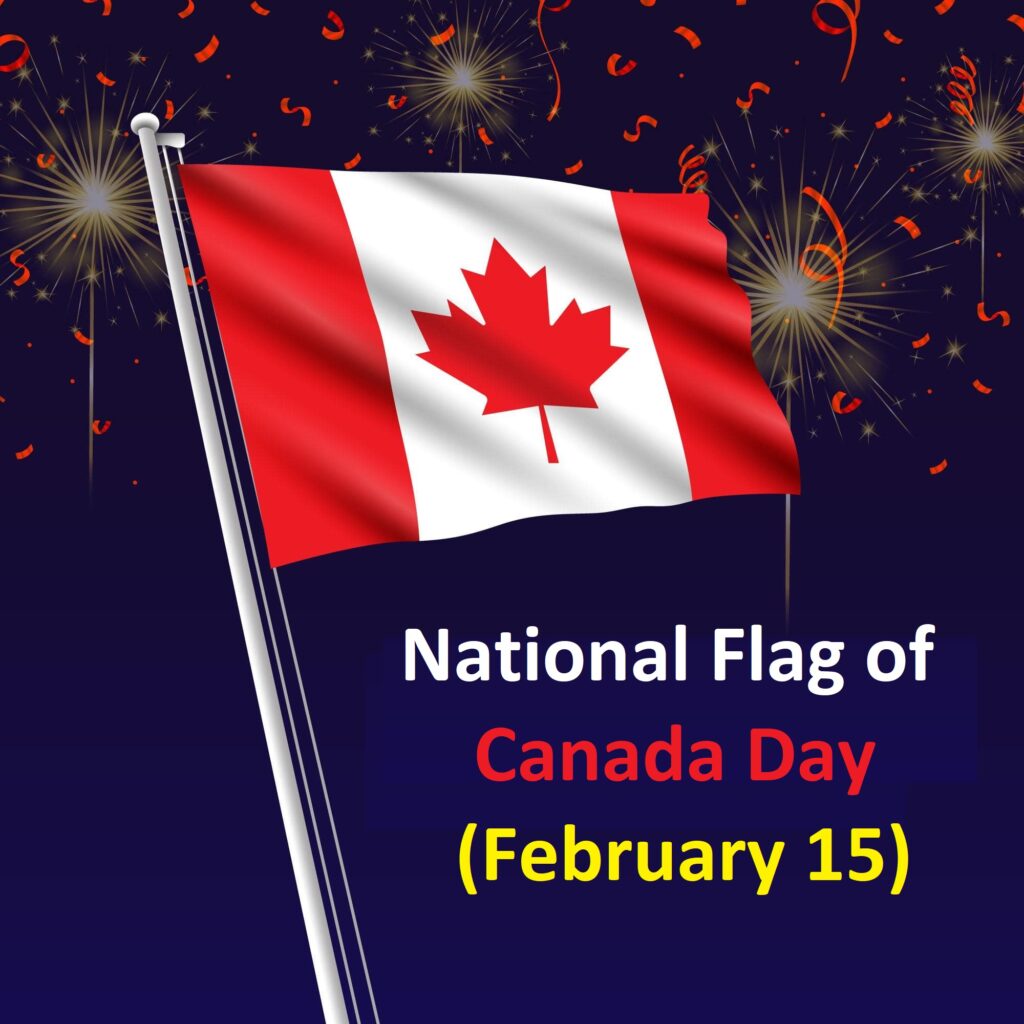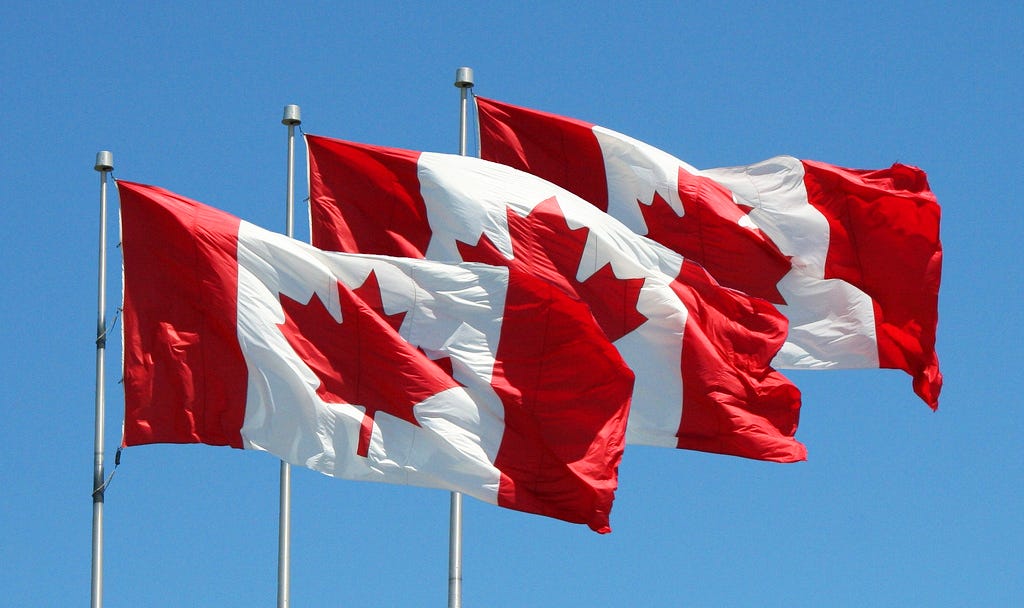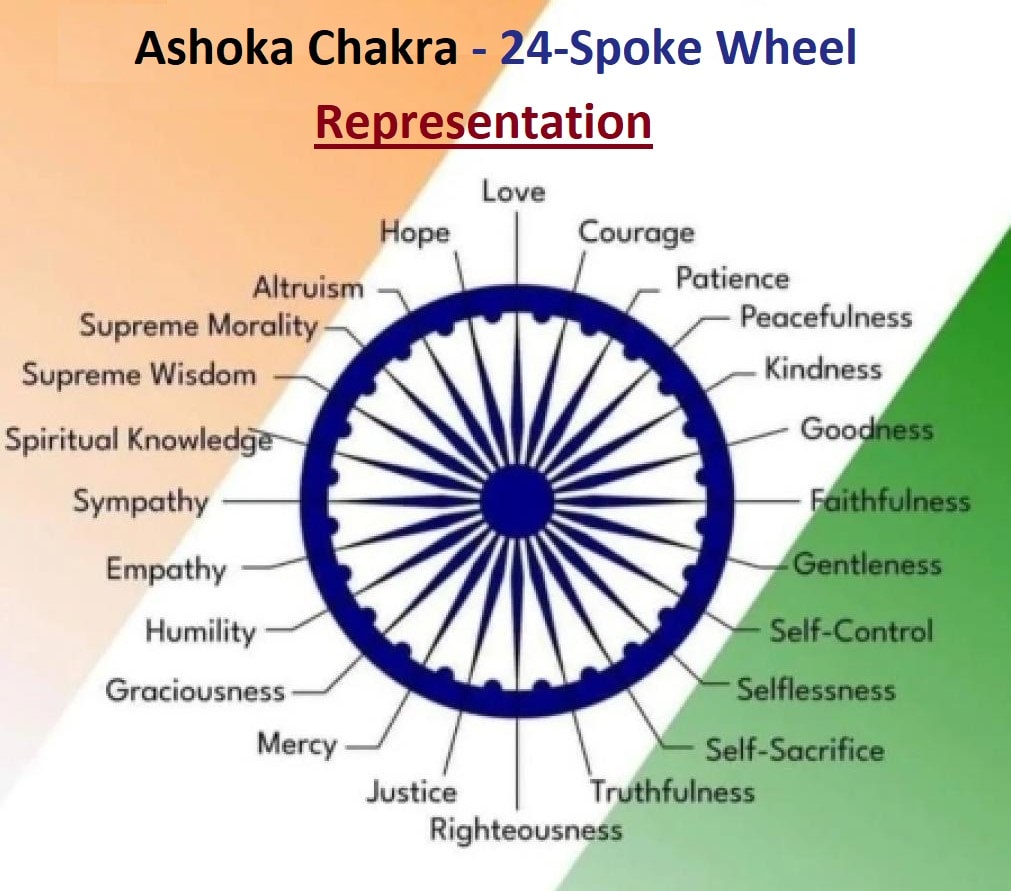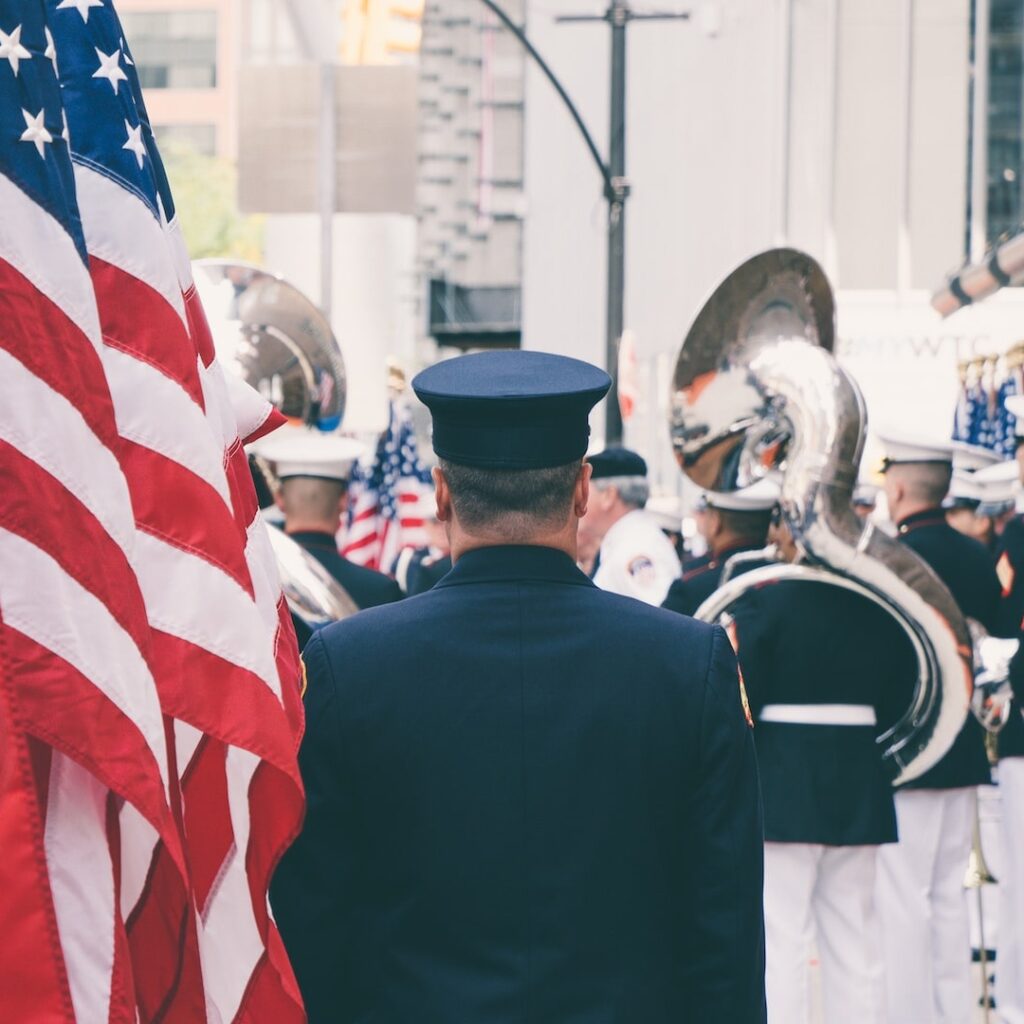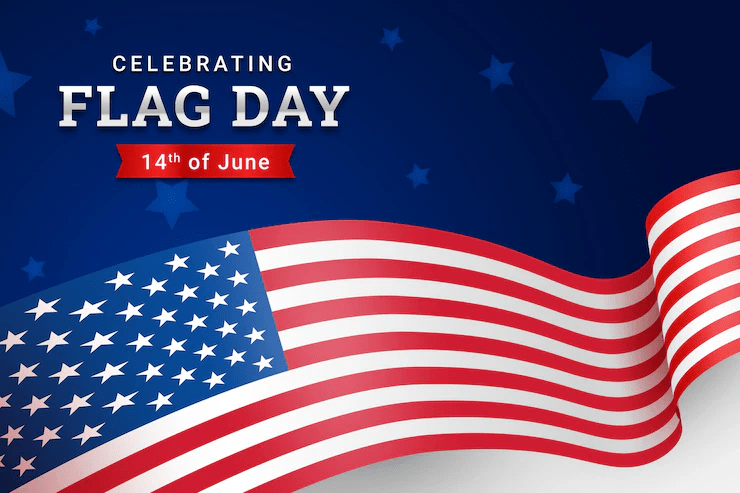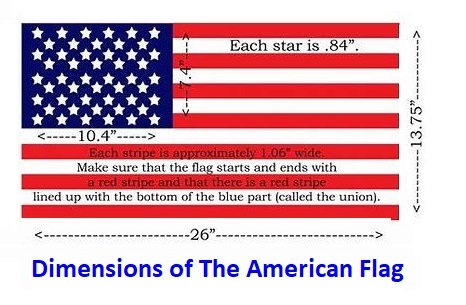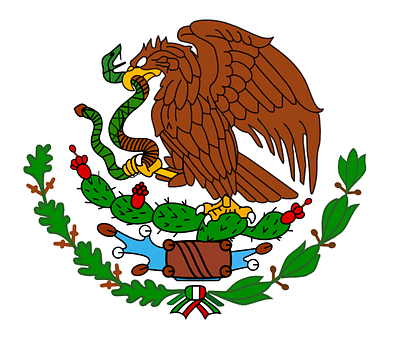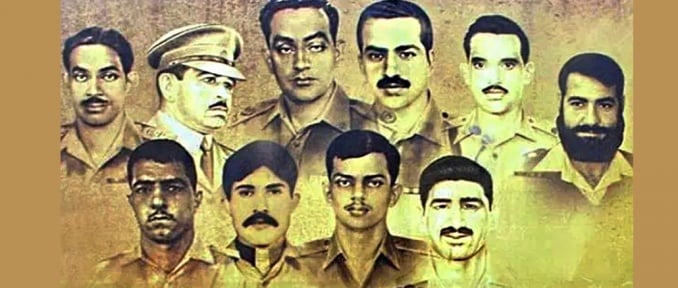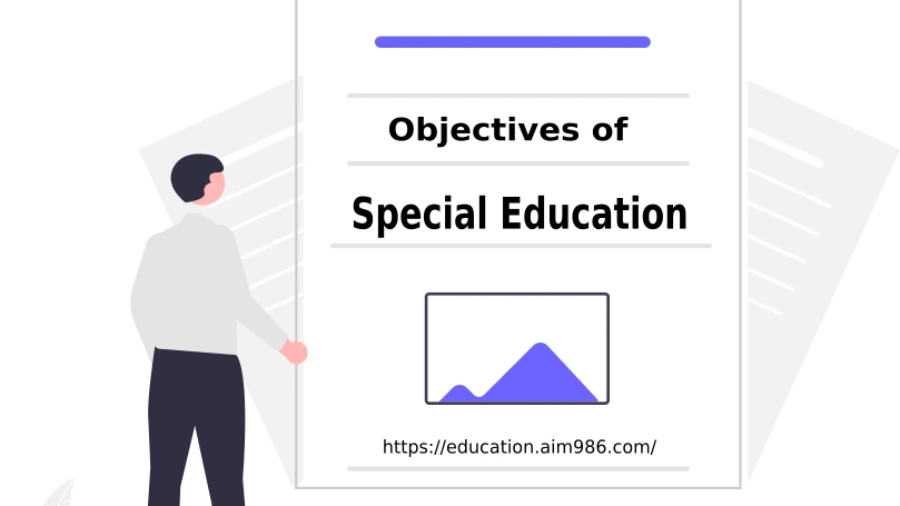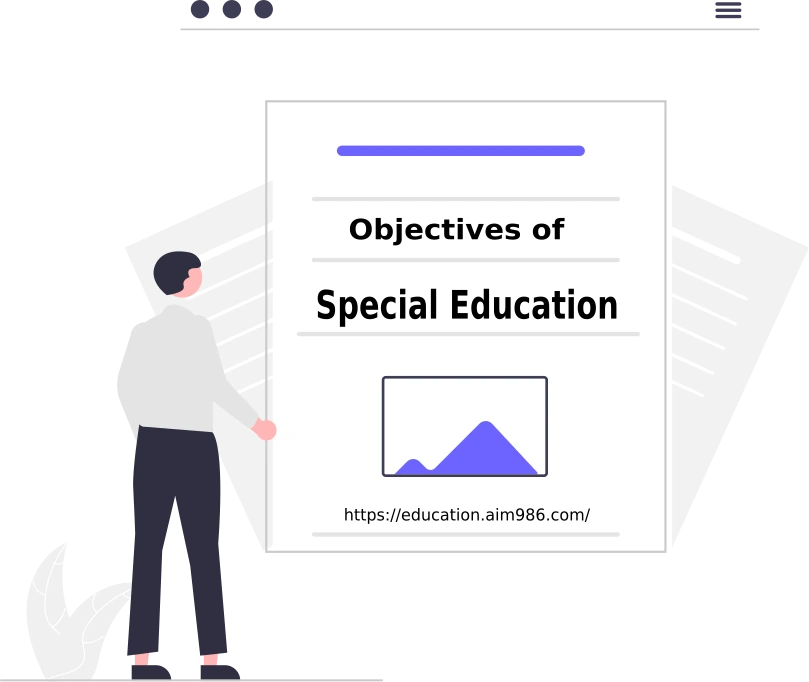SMART goals, an acronym standing for Specific, Measurable, Achievable, Relevant, and Time-Bound, represent a cornerstone in effective goal-setting, particularly in the realm of special education. These goals are precision-crafted roadmaps, meticulously designed to guide students toward success. They demand clarity, focusing on specific objectives, quantifiable metrics, and realistic attainability while ensuring alignment with individual needs and challenges. Moreover, SMART goals infuse structure into the journey by setting time constraints, fostering progress tracking, data-driven decision-making, and adaptability. In special education, SMART goals aren’t just an educational strategy; they are a transformative force, empowering students, educators, parents, and specialists alike in their collective pursuit of brighter futures.
Table of Contents
- Introduction
- Understanding Special Education
- What Are SMART Goals?
- Benefits of SMART Goals in Special Education
- Implementing SMART Goals in Special Education
- Creating Specific SMART Goals
- Measuring Progress with Measurable Goals
- Achievability in Special Education Goals
- Relevance and Special Education
- Time-Bound Goals in Special Education
- Challenges and Pitfalls in Implementing SMART Goals
- Monitoring and Adapting SMART Goals in Special Education
- Measuring Success
- Best Practices
- Pros and Cons of SMART Goals in Special Education
- Conclusion
- FAQs: SMART Goals in Special Education
Introduction
Welcome to our exploration of why SMART Goals are a game-changer in the realm of special education, and how they hold the key to unlocking a brighter future for students with unique learning needs.
In the realm of education, there’s an essential concept that acts as a guiding light for both educators and students: SMART goals. These goals are not just beneficial; they are indispensable in the context of special education.
In the dynamic landscape of special education, setting clear and targeted goals is nothing short of paramount. It’s the compass that guides educators, parents, and students on the path to academic and personal success.
The Significance of Special Education
Special education is a realm of learning that caters to students with diverse needs and abilities. It’s a place where every child, regardless of their challenges, is entitled to receive an education tailored to their individual requirements. This noble pursuit underscores the critical importance of setting precise and attainable goals.
The Demand for Targeted Goal Setting
- Unique Needs: Special education students often have unique and specific needs. These needs can range from physical disabilities to learning disorders. Setting generic goals simply won’t cut it. Goals must be finely tuned to cater to each student’s specific requirements.
- Progress Monitoring: In special education, progress tracking is not just a good practice; it’s a lifeline. Targeted goals provide a clear framework for monitoring a student’s development. This ensures that any necessary adjustments can be made swiftly to support their growth.
- Individualized Education Plans (IEPs): IEPs are the cornerstone of special education. They outline the student’s goals, services, and accommodations. These goals must be SMART to be effective, as they provide a roadmap for the entire educational team.
The Essence of SMART Goals
Now, let’s break down what SMART goals actually entail:
- S – Specific: Goals should be crystal clear. They must respond to the who, what, where, when, and why questions. For special education, this means identifying precisely what skill or behaviour needs improvement.
- M – Measurable: Progress needs to be quantifiable. Without measurable goals, it’s challenging to track the student’s development accurately.
- A – Achievable: Goals must be realistic and attainable. In special education, this means considering the student’s abilities and potential.
- R – Relevant: The goals should align with the student’s needs and the broader objectives of their education. They should be meaningful and make a difference.
- T – Time-bound: Setting a timeframe creates urgency and accountability. It ensures that progress is consistent and doesn’t stall.
SMART Goals and Student Success
The intersection of SMART goals and special education is where magic happens:
- Enhanced Motivation: SMART goals give students a clear sense of direction and achievement. When they see progress, it boosts their confidence and motivation to learn.
- Empowered Educators: Teachers armed with SMART goals are better equipped to tailor their teaching strategies, making learning more effective and enjoyable.
- Stronger Partnerships: Parents, teachers, and therapists can collaborate more effectively when everyone understands the specific goals and the steps to reach them.
Understanding Special Education
Welcome to a comprehensive exploration of the world of special education, a field that is both rewarding and complex. Now, we’ll embark on a journey to unravel the essence of special education, confront the challenges it poses, and uncover the critical role of targeted goal setting in empowering students with unique learning needs.
What Is Special Education?
Special education is an educational approach designed to cater to the diverse needs of students who face various physical, cognitive, emotional, or behavioural challenges that may hinder their learning experiences in a traditional classroom setting. It’s about ensuring that every student, regardless of their abilities or disabilities, has access to an education that’s tailored to their individual requirements.
Challenges in Special Education
Special education is not without its complexities and hurdles. Educators, parents, and students themselves face unique challenges in this educational landscape. These challenges can range from creating inclusive environments and managing diverse learning styles to navigating legal requirements and ensuring equal opportunities for all. The first step to successfully overcoming these challenges is to understand them.
The Need for Targeted Goal Setting
At the heart of special education lies the need for targeted goal setting. Without clear and specific objectives, it’s challenging to provide the support and resources necessary for students to thrive. This is where the concept of SMART Goals (Specific, Measurable, Achievable, Relevant, and Time-Bound) comes into play. SMART Goals serve as a roadmap, guiding educators and stakeholders toward meaningful outcomes.

What Are SMART Goals?
Unlocking Success with SMART Goals in Education
Are you looking to boost your academic or professional performance? Do you want to set clear objectives that lead to tangible results? Look no further than SMART goals. Here, we’ll break down the acronym, explore the five essential elements of SMART goals, delve into the origin and purpose of SMART goals in education, and discuss how these principles apply to special education. Get ready to supercharge your goal-setting strategy and achieve remarkable success!
Breaking Down the Acronym: What Are SMART Goals?
Specific, Measurable, Achievable, Relevant, and Time-Bound are all acronyms for SMART goals. Let’s dissect these elements:
- Specific: Your goals should be crystal clear and precise. Rather than of saying, “I want to do better in school,” you may say, “I want to improve my math grades by 10% this semester.”
- Measurable: Goals must be quantifiable so that you can track your progress. For example, “I will complete two chapters of my history textbook each week” is measurable.
- Achievable: Goals should be realistic and attainable. Setting a goal to become an astronaut without the necessary qualifications might not be achievable, but aiming to excel in your physics class is within reach.
- Relevant: Your goals should align with your long-term objectives and interests. Pursuing goals that matter to you will keep you motivated. If your passion is art, setting a goal to improve your painting skills is relevant.
- Time-Bound: Establish a deadline for your goals. Adding a timeframe creates a sense of urgency and helps you stay on track. You might say, “I’ll finish my research paper by the end of the month.”
- The Five SMART Goals to Set You on the Path to Success
- Academic Excellence: Aim to achieve an ‘A’ grade in your most challenging subject this semester by dedicating two hours daily to study.
- Career Advancement: Secure a promotion within the next 12 months by completing a relevant professional certification.
- Health and Fitness: Shed 10 pounds in the next three months by following a balanced diet and exercising five days a week.
- Personal Growth: Improve your public speaking skills by joining a Toastmasters club and delivering one speech every month.
- Time Management: Enhance productivity by using time management apps and allocating specific time slots for tasks.
The Origin and Purpose of SMART Goals in Education
SMART goals have their roots in management and were initially introduced by George T. Doran in 1981. However, their application in education has been transformative. The purpose of SMART goals in education is to:
- Provide students with a structured framework for setting and achieving academic objectives.
- Assist teachers in modifying their lesson plans to suit the needs of certain students.
- Enable educational institutions to measure and improve their performance.
The Core Principles of SMART Goals for Special Education
In special education, SMART goals play a crucial role in ensuring the tailored development of students with diverse needs. The core principles include:
- Individualization: Create unique SMART goals for each student based on their specific strengths and challenges.
- Progress Monitoring: Regularly assess and adjust goals to accommodate the evolving needs and progress of students.
- Collaboration: Foster collaboration among teachers, parents, and specialists to create a holistic support system for students.
- Inclusivity: Ensure that SMART goals are inclusive, promoting equity and equal access to education for all students.
Benefits of SMART Goals in Special Education
In the world of special education, where every student’s journey is unique, SMART goals stand as beacons of progress and success. Let’s uncover the myriad benefits that this structured approach brings to the table—benefits that touch the lives of students, educators, parents, and the entire educational ecosystem.
Improved Focus on Student Growth
At the heart of SMART goals is a profound focus on student growth. These goals shift the spotlight from mere compliance to measurable advancement. By setting specific and attainable objectives, educators can tailor their teaching strategies to each student’s needs, nurturing growth and potential.
Enhanced Communication among Stakeholders
SMART goals foster a culture of collaboration and communication. When educators, parents, specialists, and students work together toward common, clearly defined goals, it creates a powerful support network. This enhanced communication ensures everyone is on the same page, working cohesively to help the student succeed.
Empowering Students with Disabilities
Empowerment is a cornerstone of special education, and SMART goals play a pivotal role in this process. Students take an active role in their own education by being included in the goal-setting process. This empowerment instils a sense of ownership and motivation, propelling them toward success.
Data-Driven Decision-Making
In the world of education, data is king. SMART goals generate measurable data points that educators can analyse to make informed decisions. This data-driven approach allows for adjustments in teaching strategies, ensuring that students receive the targeted support they need.
Enhancing Student Progress and Achievement
The ultimate goal of any educational endeavour is to enhance student progress and achievement. SMART goals provide a roadmap for this journey. By breaking down broader objectives into smaller, achievable steps, students can experience a sense of accomplishment along the way, boosting their confidence and motivation.
Facilitating Effective Communication Amongst Stakeholders
Effective communication is the linchpin of success in special education. SMART goals create a structured framework for communication, ensuring that everyone involved is aware of the goals, progress, and necessary actions. This transparency builds trust and collaboration.
Empowering Educators and Students Alike
Empowerment is a two-way street. While SMART goals empower students to take charge of their learning, they also empower educators with a clear roadmap. Educators can better tailor their teaching methods, identify areas of improvement, and celebrate the achievements of their students.
Implementing SMART Goals in Special Education
Creating a supportive and inclusive educational environment for students with special needs is a top priority. One highly effective approach is the implementation of SMART goals. Now, we’ll explore the essential steps to implement SMART goals in special education, discuss the vital role of parents and caregivers, and highlight the importance of collaboration with special education teams.
Implementing SMART Goals in Special Education
Now that we’ve explored the significance and benefits of SMART goals in special education, it’s time to roll up our sleeves and dive into the practical side of things. How can you bring these powerful goals to life in the special education classroom? Let’s uncover the steps to implement SMART goals effectively, the crucial role of parents and caregivers, and the collaborative synergy with special education teams.
Steps to Implement SMART Goals
Implementing SMART goals is like setting sail on an educational journey, and every journey begins with a plan. Here are the steps to set the course for success:
- Identification: Begin by identifying the specific needs and abilities of your students. What are their strengths, challenges, and aspirations?
- Goal Setting: With a clear understanding of your students, set SMART goals that are tailored to their unique circumstances. Make sure every goal is Time-Bound, Specific, Measurable, Achievable, and Relevant.
- Communication: Share these goals with your students, their parents or caregivers, and any specialists or support teams involved. Effective communication is key to alignment and collaboration.
- Action Plans: Develop action plans that outline the steps needed to achieve each goal. Breaking the larger objectives into smaller, manageable responsibilities.
- Monitoring Progress: Regularly track and measure progress. Collect data to assess how well the student is moving toward the goal.
- Adjustments: Be flexible. If needed, adjust the goals or action plans based on the progress and feedback.
- Celebration: Celebrate successes along the way. Acknowledging achievements boosts motivation and self-esteem.
Involving Parents and Caregivers
Parents and caregivers are an integral part of a student’s support network. Involving them in the SMART goal-setting process is essential. Engage in open and transparent communication, and consider these steps:
- Collaborative Meetings: Schedule regular meetings to discuss goals, progress, and any concerns. Create a partnership in which parents and caregivers actively participate.
- Shared Understanding: Ensure that everyone involved understands the goals and the role they play in supporting the student’s journey.
- Feedback Loop: Encourage parents and caregivers to provide valuable insights and observations about the student’s progress, both at school and home.
- Celebration Together: Celebrate achievements collectively. Recognize that the journey is a joint effort and share in the joy of progress.
Collaborating with Special Education Teams
Collaboration within the special education team is the backbone of student success. Here’s how to ensure a harmonious and effective collaboration:
- Regular Meetings: Hold regular team meetings to discuss students’ progress, challenges, and adjustments needed in the SMART goals.
- Role Clarity: Ensure that each team member understands their role in supporting the student’s goals and education plan.
- Data Sharing: Share relevant data and insights to inform decision-making and ensure that everyone is on the same page.
- Flexible Approach: Be open to adapting strategies and goals based on the expertise and recommendations of team members.
By implementing SMART goals, involving parents and caregivers, and collaborating effectively within the special education team, you create a comprehensive support system that empowers students to thrive.

Creating Specific SMART Goals
In the realm of SMART goals, the “S” stands for “Specific,” and it’s the bedrock upon which all other elements of SMART goals are built. Let’s embark on a journey to understand the power of specificity, how to make your goals crystal clear, and explore real-life examples of specific special education goals that ignite the path to student success.
The “S” in SMART: Setting Clear and Precise Objectives
The “S” in SMART stands for “Specific.” Specificity is the cornerstone of effective goal setting. Here’s how to create specific goals:
- Clearly Define the Objective: Your goal should be unambiguous and easy to understand. Avoid vague language and generalizations.
- Answer the 5 W’s: Who is involved? What do you want to accomplish? Where will it happen? When will it be achieved? Why is it important?
- Quantify When Possible: Whenever possible, attach numbers, percentages, or quantities to your goals. This makes them measurable and concrete.
- Focus on One Goal at a Time: Avoid setting multiple goals within a single statement. Each goal should address a specific aspect of a student’s development.
Identifying the “S” in SMART: Making Goals Specific
So, how do you make your goals specific? Consider these key questions:
- What: What is the precise outcome you want to achieve?
- Who: Who is the goal intended for? Which student or students will benefit?
- Why: Why is this goal important? How does it align with the student’s needs and the broader educational plan?
- How: How will you measure progress and success? What tools or assessments will you use?
By answering these questions, you transform a vague goal like “Improve reading skills” into a specific, actionable one like “John, a fourth-grader with dyslexia, will increase his reading fluency from 60 to 80 words per minute over the next three months, as measured by weekly reading assessments.”
Real-Life Examples of Specific Special Education Goals
To illustrate the power of specificity, here are some real-life examples of specific special education goals:
- Speech Therapy Goal: “Sarah, a first-grader with a speech disorder, will correctly pronounce the ‘r’ sound in 90% of her speech exercises within six months, as assessed by her speech therapist.”
- Behavioural Goal: “Michael, a seventh-grader with ADHD, will demonstrate improved impulse control by reducing classroom disruptions to no more than one per week over the next semester, as recorded by his teacher.”
- Mathematics Goal: “Ella, a fifth-grader with dyscalculia, will accurately solve multi-digit multiplication problems with 80% accuracy on biweekly math quizzes for the entire school year.”
Specificity not only clarifies the destination but also provides a roadmap for getting there. It allows educators, students, and their support teams to work cohesively toward a common goal with a clear understanding of what success looks like.
Measuring Progress with Measurable Goals
In the world of SMART goals, the “M” is the lighthouse guiding educators and students on their educational voyage. It represents measurability—the ability to quantify progress and determine when success has been achieved. Let’s dive into the importance of measuring goal attainment, strategies to ensure measurability, and the tools that empower educators in tracking special education goals.
The “M” in SMART: Monitoring and Measuring Goal Attainment
Imagine embarking on a journey without a map or a compass to guide you. Monitoring and measuring goal attainment in education is akin to having that map. It not only shows you where you are but also helps you gauge how far you’ve come and how much farther you need to go.
Exploring the “M” in SMART: Ensuring Measurability
To make your special education goals measurable, consider these essential components:
- Quantifiable Targets: Define what success looks like in quantifiable terms. How will you measure the achievement of the goal? This could involve percentages, counts, timeframes, or other specific metrics.
- Data Collection: Determine how you will collect data to track progress. Are there assessments, observations, or other tools that can provide objective measurements?
- Benchmarking: Set clear benchmarks or checkpoints along the way to assess incremental progress.
- Frequency: Decide how often progress will be monitored and recorded. Regular assessment ensures that adjustments can be made as needed.
Tools and Strategies for Measuring Special Education Goals
Here are some valuable tools and strategies for measuring special education goals:
- Data Tracking Sheets: Create data tracking sheets to record and analyze student performance over time. These sheets provide a visual representation of progress.
- Assessment Instruments: Utilize assessment instruments tailored to specific goals, such as standardized tests, rubrics, or checklists.
- Observation and Documentation: Incorporate regular observations and documentation of student behaviour, interactions, and achievements.
- Technology: Leverage educational software and apps that offer data analytics and progress tracking features.
- Feedback Loops: Encourage open communication among educators, specialists, and parents to share insights and observations related to goal attainment.
By employing these tools and strategies, educators can not only measure progress but also make informed decisions on how to best support their students. Measurable goals provide a framework for data-driven decision-making, enabling educators to tailor their teaching methods and interventions effectively.
Achievability in Special Education Goals
In the world of SMART goals, the “A” represents the essential quality of achievability. It’s the compass that keeps us grounded and guides us to set goals that are both realistic and attainable. Let’s embark on a journey to understand the significance of achievability, how to ensure goals are within reach, and the importance of setting realistic milestones for students.
The “A” in SMART: Making Goals Realistic and Attainable
Imagine striving for a goal that’s so far out of reach that it feels like chasing a mirage. The “A” in SMART goals reminds us that goals should be realistic and attainable, aligned with the student’s abilities and circumstances. It’s about setting students up for success rather than frustration.
Navigating the “A” in SMART: Ensuring Attainability
To ensure that your special education goals are achievable, consider these key principles:
- Assess Student Abilities: Start by thoroughly assessing the student’s current abilities, strengths, and challenges. What are their baseline skills, and what is a realistic level of progress for them?
- Consider Resources: Evaluate the resources available, including instructional materials, support staff, and time, to determine if they align with the goal’s requirements.
- Account for Challenges: Anticipate potential obstacles and challenges that the student may encounter along the way. How can these be addressed or mitigated?
- Individualization: Remember that each student is unique. Goals should be individualized to cater to their specific needs, ensuring they are neither too easy nor too difficult.
Setting Realistic Milestones for Students
In special education, setting realistic milestones is a vital component of achieving long-term goals. Here’s how you can break down larger goals into manageable steps:
- Short-Term Objectives: Identify short-term objectives or milestones that contribute to the overall goal. These smaller steps should be achievable within a reasonable timeframe.
- Progress Monitoring: Continuously monitor progress toward these milestones. Are the student’s efforts resulting in measurable advancements?
- Adjustments: If progress isn’t as expected, be prepared to make adjustments. This might involve modifying the goal or adapting teaching strategies.
- Celebrate Success: Celebrate each milestone achieved. Recognizing and acknowledging progress boosts motivation and confidence.
By incorporating these principles of achievability into your special education goals, you not only make success attainable but also instill a sense of accomplishment and empowerment in your students. After all, the journey to achievement is marked by achievable milestones, each one bringing the destination closer.
Relevance and Special Education
In the realm of SMART goals, the “R” represents relevance—a factor that’s often the linchpin of success. In special education, relevance is about aligning goals with individual student needs, ensuring that they are not only attainable but also meaningful. Let’s dive into the significance of relevance, the art of tailoring goals to individual students, and the importance of customization for different disabilities and abilities.
Unpacking the “R” in SMART: The Importance of Relevance
Imagine embarking on a journey that leads you to places unrelated to your destination. Goals that lack relevance are akin to this aimless journey. In special education, relevance ensures that every goal serves a purpose, addresses a specific need, and contributes to the student’s growth and development.
Aligning Goals with Individual Student Needs
To make goals relevant in special education, it’s crucial to:
- Assess Individual Needs: Begin by conducting a thorough assessment of the student’s unique needs, strengths, challenges, and learning style. What are their specific requirements to succeed?
- Personalize Objectives: Tailor each goal to meet the individual student’s needs. Goals should address areas that are most pertinent to their educational journey.
- Set Meaningful Objectives: Ensure that goals have real-world significance and are directly linked to the student’s academic and personal development.
- Consider Long-Term Goals: While short-term goals are essential, they should always align with long-term objectives for the student’s overall progress.
Customizing Goals for Different Disabilities and Abilities
Special education is diverse, encompassing students with a wide range of disabilities and abilities. Customization is the key to addressing this diversity effectively:
- Different Disabilities, Different Goals: Recognize that what works for one student may not work for another. Goals should be tailored to accommodate the specific challenges and strengths associated with each disability.
- Varied Abilities, Varied Goals: Students with disabilities possess unique talents and abilities. Goals should capitalize on these strengths and promote their holistic development.
- Collaborative Approach: Collaborate with specialists, therapists, and support staff to create goals that consider the multifaceted aspects of each student’s needs.
- Regular Assessment and Adaptation: Continuously assess the relevance of goals and be prepared to adapt them as students make progress or encounter new challenges.
By making goals relevant, you’re not only setting students on a path to success but also instilling a sense of purpose and motivation. In special education, relevance is the compass that ensures each goal is not just a destination but a meaningful step toward fulfilling the potential of every student.
Time-Bound Goals in Special Education
In the world of SMART goals, the “T” stands for “Time-Bound,” a critical element that ensures accountability and progress tracking.
In the world of SMART goals, the “T” reminds us that time is of the essence. Timeliness is the key to transforming intentions into actions and achievements. Let’s explore the significance of time-bound goals in special education, the role of effective time management, and the art of creating timelines for goal achievement.
The “T” in SMART: Establishing Timelines and Deadlines
Imagine setting off on a journey without a clear sense of when you need to reach your destination. Time-bound goals, as represented by the “T” in SMART, provide the crucial framework for planning and achievement. They offer a roadmap with clearly defined timelines and deadlines.
Time Management and Special Education: The “T” in SMART
Effective time management is a cornerstone of special education. To create and achieve time-bound goals:
- Set Clear Deadlines: Define specific dates by which goals should be achieved. Deadlines create a sense of urgency and commitment.
- Break Goals into Milestones: Divide larger goals into smaller, manageable milestones with their own timelines. This facilitates progress tracking.
- Prioritize and Allocate Time: Determine how much time should be allocated to different goals and tasks. Prioritize based on importance and urgency.
- Use Time Management Tools: Utilize tools such as calendars, planners, and reminders to stay organized and on track.
Creating Timelines for Special Education Goal Achievement
Crafting timelines for special education goals requires a thoughtful approach:
- Short-Term vs. Long-Term: Distinguish between short-term and long-term goals. Short-term goals may have weekly or monthly timelines, while long-term goals may span an entire school year.
- Flexibility: Be flexible in your timelines, recognizing that the pace of progress can vary among students. Adjust as needed based on actual progress.
- Communication: Share timelines with all stakeholders, including students, parents, and support teams. This confirms that everybody is on the same page.
- Tracking and Evaluation: Continuously monitor progress against the established timelines. Assess whether milestones are being met and adjust if necessary.
Time-bound goals in special education serve as a vital framework for planning, tracking, and achieving progress. They instill a sense of purpose, urgency, and accountability within the educational journey. By setting clear deadlines and timelines, educators empower students to work toward meaningful objectives and celebrate successes along the way.
Also Read: SMART Goal
Challenges and Pitfalls in Implementing SMART Goals
Introduction: While SMART goals are a powerful tool in education, they are not without their challenges and pitfalls. Let’s, we’ll explore common mistakes to avoid when implementing SMART goals, strategies for overcoming resistance, and the importance of adapting goals as needed. Join us as we navigate the hurdles and share effective strategies for addressing obstacles in special education settings. By understanding and tackling these challenges, we can ensure the successful implementation of SMART goals for our students.
Common Mistakes to Avoid
- Vague Goals: Setting goals that are too broad or unclear can lead to confusion and lack of progress.
- Lack of Buy-In: If all stakeholders, including students, parents, and educators, are not on board, it can hinder goal attainment.
- Overly Ambitious Goals: Goals that are too ambitious may set students up for failure and frustration.
- Ignoring Individual Needs: Failing to tailor goals to the specific needs and abilities of each student can hinder progress.
Overcoming Resistance to SMART Goals
- Education and Training: Provide training and resources to help educators and parents understand the benefits of SMART goals and how to implement them effectively.
- Engage Students: Involve students in the goal-setting process to empower them and boost their motivation.
- Highlight Success Stories: Share success stories and examples of how SMART goals have positively impacted students to inspire buy-in.
- Open Communication: Encourage open and regular communication among all stakeholders to address concerns and questions.
Adapting Goals as Needed
- Regular Assessment: Continuously monitor and assess progress to determine if goals need to be adjusted, accelerated, or revised.
- Flexible Deadlines: Be open to extending deadlines if it’s in the best interest of the student’s growth and development.
- Collaborative Decision-Making: Collaborate with all stakeholders, including specialists and parents, to make informed decisions about goal adaptations.
Common Hurdles and How to Overcome Them
- Resistance to Change: Address resistance with open communication, education, and showcasing the positive impact of SMART goals.
- Lack of Resources: Seek out additional resources or support to ensure that goals can be adequately addressed.
- Individualized Education: Recognize that each student is unique and may require different approaches and goals.
Strategies for Addressing Obstacles in Special Education Settings
- Tailored Professional Development: Provide specialized training and development opportunities for educators in special education to enhance their understanding of SMART goals.
- Family Involvement: Actively involve parents and caregivers in goal-setting and progress monitoring to create a cohesive support system.
- Data-Driven Decision-Making: Utilize data to inform goal adjustments and ensure that interventions are evidence-based.
Monitoring and Adapting SMART Goals in Special Education
In the dynamic world of special education, the process of goal-setting doesn’t end with the initial establishment of SMART goals—it’s an ongoing journey. Now, we’ll explore the critical importance of monitoring and adapting goals. We’ll discuss how to keep goals on track and when and how to make adjustments to SMART goals for students with diverse abilities.
The Ongoing Process: Keeping Goals on Track Monitoring and adapting goals is a dynamic process that ensures goals remain relevant and attainable. Here’s why it’s crucial:
- Progress Tracking: Regular monitoring allows educators to track students’ progress towards their goals.
- Early Intervention: It enables early intervention if students are not making expected progress.
- Motivation and Accountability: Monitoring keeps students motivated and accountable for their own growth.
- Data-Driven Decision-Making: It helps in making data-driven decisions to adjust strategies and interventions.
When and How to Adjust SMART Goals for Special Education
- Assessment and Evaluation: Regularly assess and evaluate students’ performance using objective data and assessments.
- Periodic Review: Set up periodic review meetings to discuss progress and make necessary adjustments.
- Collaboration: Collaborate with all stakeholders, including parents and specialists, to ensure everyone is aligned on any necessary changes.
- Modify Goals When Needed: If students are consistently not making progress or if their needs change, modify goals accordingly.
- Celebrate Achievements: Don’t forget to celebrate when students meet or exceed their goals, and consider setting new ones to continue their growth.
- Balance Challenge and Support: Strike a balance between challenging students and providing the necessary support to achieve their goals.
H2 Collaboration in Special Education Goal Setting
In the world of special education, collaboration is the secret ingredient that fuels student success. Involving parents, teachers, and specialists in the goal-setting process not only empowers students but also builds a supportive network dedicated to achieving educational milestones.
Involving Parents, Teachers, and Specialists
- Parents as Partners: Parents are a child’s first teachers and their most ardent advocates. Collaborate with parents to gather insights into a student’s strengths, challenges, and personal goals. Their input is invaluable in setting meaningful objectives.
- Teachers as Guides: Teachers play a pivotal role in a student’s daily life. They observe progress, provide feedback, and tailor instruction to individual needs. Collaborate closely with teachers to align classroom goals with broader educational objectives.
- Specialists as Experts: Specialists, such as speech therapists, occupational therapists, and counsellors, offer specialized knowledge and support. They bring expertise in addressing specific challenges and can contribute to setting goals that cater to a student’s unique needs.
Building a Supportive Network for Student Success
- Regular Meetings: Schedule regular meetings with parents, teachers, and specialists to discuss progress, share insights, and collectively adapt goals as needed.
- Goal Transparency: Ensure that everyone involved has a clear understanding of the student’s goals, the strategies being employed, and their roles in supporting the student’s journey.
- Open Communication: Foster open and honest communication among all stakeholders. Encourage feedback and ideas for improvement.
- Consistency: Maintain consistency in the approaches used at school and at home to reinforce learning and reinforce goal attainment.
- Celebrating Achievements: Celebrate not only the achievements of students but also the collaborative efforts of parents, teachers, and specialists. Recognition and appreciation are powerful motivators.
- Problem Solving: When challenges arise, view them as opportunities for problem-solving. Collaborative efforts can often yield creative solutions.
In special education, collaboration transforms a solitary journey into a collective effort. It recognizes that every student’s needs are unique, and their journey to success requires a network of support. When parents, teachers, and specialists come together, they create an environment where students can thrive, overcome challenges, and achieve their fullest potential.
Measuring Success
In the world of special education, success isn’t just a destination; it’s a journey marked by milestones and achievements. Let’s explore the methods for evaluating goal achievement and the importance of celebrating these successes in special education.
Methods for Evaluating Goal Achievement
- Data Collection: Collecting and analysing data is a fundamental method for measuring success. It involves tracking progress through assessments, observations, and recorded data points. Data provides an objective measure of goal attainment.
- Progress Monitoring: Regularly monitor progress toward the established SMART goals. This involves checking if the student is meeting the defined benchmarks and milestones within the specified timeframes.
- Feedback from Stakeholders: Gather feedback from teachers, parents, specialists, and the students themselves. Their insights can offer a holistic view of progress and achievement.
- Objective Assessments: Utilize standardized tests and assessments tailored to the specific goal area. These assessments provide quantifiable data that can be compared against set goals.
- Behaviour Tracking: For goals related to behaviour or social skills, tracking changes in behaviour and social interactions can be a valuable method of evaluation.
Celebrating Achievements in Special Education
- Recognition and Validation: Celebrate not only the achievement of the goal itself but also the effort and dedication put forth by the student. Self-esteem and motivation are boosted by validation and acknowledgment.
- Acknowledgment of Progress: Recognize and acknowledge incremental progress. Celebrating small victories along the way reinforces the path to success.
- Involving All Stakeholders: Celebrations should involve parents, teachers, specialists, and the student. It’s a collective effort, and everyone deserves to share in the joy of achievement.
- Documentation: Document achievements, whether through certificates, progress reports, or personalized notes. These tangible reminders serve as a source of pride and encouragement.
- Setting New Goals: After celebrating one achievement, it’s time to set new goals. This maintains a sense of purpose and continued growth.
- Building Confidence: Celebrations not only mark the end of one journey but also the beginning of a more confident, empowered student ready to tackle new challenges.
In special education, success isn’t defined solely by the final result but by the progress made along the way. Every step toward a goal is a victory, and each achievement, no matter how small, deserves to be celebrated. Recognizing and celebrating successes in special education not only boosts motivation but also instils a lifelong love for learning and personal growth.
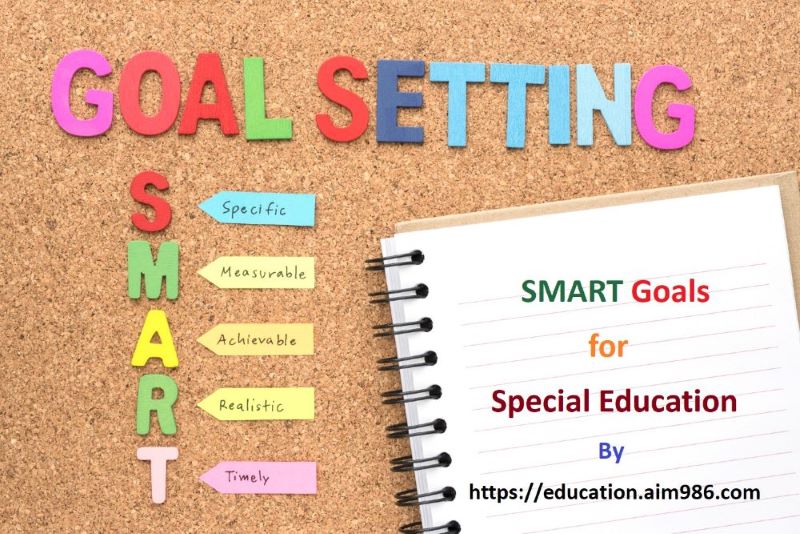
Best Practices
Title: Navigating Success: Best Practices in Collaborative SMART Goal Development
In the journey of special education, collaborative SMART goal development is the compass that guides students towards success. Now, we’ll explore best practices for educators, parents, and specialists to work together harmoniously in setting meaningful SMART goals.
Best Practices for Educators, Parents, and Specialists
Effective collaboration in SMART goal development is key to student success. Here are best practices for each stakeholder:
Educators:
- Individualized Assessments: Conduct thorough assessments to understand each student’s strengths, weaknesses, and unique needs.
- Clear Communication: Maintain open communication with parents, caregivers, and specialists to ensure everyone is aligned on goals and interventions.
- Personalized Interventions: Tailor teaching strategies and interventions to cater to the individual needs and learning styles of students.
- Data-Driven Decision-Making: Use data to track progress and adjust goals and strategies accordingly.
- Celebrate Progress: Recognize and celebrate even small achievements. Positive reinforcement bolsters motivation and self-esteem.
Parents:
- Active Participation: Be actively involved in the goal-setting process by sharing insights about your child’s preferences, needs, and behaviors.
- Collaborative Meetings: Attend meetings with educators and specialists to discuss goals, progress, and interventions.
- Support at Home: Extend the learning process beyond the classroom. Reinforce skills and strategies at home to facilitate continuity in learning.
- Advocate for Your Child: Advocate for your child’s needs and provide feedback to ensure that goals are aligned with their best interests.
- Advocate for Your Child: Be an advocate for your child’s needs within the educational system. Collaborate with educators and specialists to ensure your child receives the necessary support.
- Regular Communication: Maintain open communication with teachers and specialists. Stay informed about your child’s progress and any adjustments to goals.
Specialists:
- Specialized Expertise: Utilize your specialized knowledge to inform goal development and intervention strategies.
- Collaborative Contribution: Work closely with educators and parents to provide insights and recommendations that enhance goal setting.
- Data Analysis: Analyze data and assessments to identify trends and areas that require specific attention.
Collaborative Approaches to SMART Goal Development
- Regular Meetings: Schedule regular meetings involving all stakeholders to discuss goals, progress, and adjustments.
- Shared Resources: Share relevant resources, strategies, and best practices among all parties involved.
- Student-Centered Approach: Keep the student’s best interests at the forefront of all discussions and decisions.
- Flexibility: Be open to adapting goals and interventions as the student’s needs and progress change.
- Celebrate Achievements: Acknowledge and celebrate milestones and achievements, reinforcing the value of collaborative efforts.
Collaborative SMART goal development is the cornerstone of success in special education. When educators, parents, and specialists work together harmoniously, students receive the individualized support they need to thrive. By following best practices and adopting a collaborative mindset, we can create an empowering environment that unlocks the full potential of students with diverse abilities.
Pros and Cons of SMART Goals in Special Education
| Pros of SMART Goals in Special Education | Cons of SMART Goals in Special Education |
| 1. Clarity: SMART goals provide clear and specific objectives, leaving no room for ambiguity. | 1. Rigidity: Strict adherence to SMART criteria may limit flexibility in responding to the evolving needs of students. |
| 2. Measurability: Goals are quantifiable, allowing for objective progress tracking and data-driven decision-making. | 2. Complexity: Creating SMART goals can be time-consuming, particularly for students with complex needs. |
| 3. Achievability: SMART goals emphasize setting realistic and attainable objectives, boosting student motivation. | 3. Narrow Focus: Overemphasis on specific goals may lead to neglecting other important aspects of a student’s development. |
| 4. Relevance: Goals are aligned with individual student needs, ensuring they are meaningful and beneficial. | 4. Time Constraints: Setting time-bound goals can create pressure and anxiety for students who may progress at different rates. |
| 5. Accountability: SMART goals promote accountability among educators, parents, and specialists involved in a student’s education. | 5. Resistance: Some students may resist or become frustrated with the structured nature of SMART goals. |
| 6. Data-Driven Decisions: The emphasis on data collection enables evidence-based adjustments to interventions and strategies. | 6. Overemphasis on Data: Excessive focus on data collection may divert attention from holistic learning experiences. |
| 7. Collaboration: SMART goals encourage collaboration among educators, parents, specialists, and support teams. | 7. Unrealistic Expectations: Setting SMART goals that are too ambitious can lead to frustration and demotivation. |
| 8. Empowerment: Students become active participants in their own learning, fostering a sense of ownership and pride in their achievements. | 8. Lack of Individualization: Overreliance on SMART goals may hinder the individualization needed for students with diverse needs. |
| 9. Structured Approach: SMART goals provide a structured approach to goal setting, making the process more organized and efficient. | 9. Limited Scope: Some aspects of student development, such as creativity and emotional well-being, may not fit neatly into the SMART framework. |
| 10. Success Celebration: Achieving SMART goals allows for the celebration of incremental successes, boosting student confidence. | 10. Potential Pressure: The time-bound nature of SMART goals can create undue pressure on students, leading to anxiety. |
This table summarizes the advantages and disadvantages of using SMART goals in special education, helping educators, parents, and specialists make informed decisions when implementing goal-setting strategies for students with diverse learning needs.
Conclusion
As we reach the culmination of our journey through the world of SMART goals in special education, let’s take a moment to recap the key elements, recognize the transformative potential of setting SMART goals, and celebrate the profound impact they have on empowering students for a brighter future.
In this journey through SMART goals in special education, we’ve explored the power of goal-setting to empower students with diverse abilities. Now, as we conclude, let’s recap the key elements of SMART goals, reflect on their transformative potential, and envision a brighter future for all learners.
Recap of the Key Elements of SMART Goals in Special Education
- Specific (S): Goals must be clear, precise, and tailored to the individual needs and abilities of each student.
- Measurable (M): Progress must be quantifiable, allowing for accurate tracking and assessment.
- Achievable (A): Goals should be realistic and attainable while challenging students to reach their potential.
- Relevant (R): Goals should align with the student’s needs, interests, and the overall educational plan.
- Time-Bound (T): Goals should have specific timelines and deadlines for achievement.
The Transformative Potential of Setting SMART Goals Setting SMART goals in special education isn’t merely a procedural exercise; it’s a transformative journey with profound implications:
- Empowerment: SMART goals empower students to take an active role in their education, fostering a sense of autonomy and ownership.
- Individualization: These goals allow for individualized support that meets students where they are and guides them to where they can be.
- Continuous Improvement: SMART goals promote continuous improvement and adaptability, ensuring that interventions evolve with the student’s progress.
- Collaboration: They foster collaboration among educators, parents, specialists, and students, creating a united front for success.
- Celebration: SMART goals provide opportunities to celebrate achievements, reinforcing the value of hard work and persistence.
Empowering Students for a Brighter Future As we look ahead, we see a future where every student, regardless of their abilities, has the opportunity to thrive:
- Inclusion: Inclusion becomes the norm, and students with diverse abilities are fully integrated into educational settings.
- Independence: Students are equipped with the skills and confidence to lead independent and fulfilling lives.
- Advocacy: Students become advocates for their own needs and rights, ensuring that they receive the support they deserve.
- Innovation: Innovations in special education continue to enhance learning opportunities and outcomes.
The journey of setting SMART goals in special education is a powerful one, marked by empowerment, collaboration, and the celebration of achievements. As we embrace the transformative potential of these goals, we pave the way for a brighter future where every student is equipped with the tools they need to succeed. Together, we can empower students with diverse abilities to reach new heights and unlock a world of possibilities.
Read Also: Objectives of Special Education
FAQs: SMART Goals in Special Education
1. What are SMART goals in special education?
Ans: SMART goals are Specific, Measurable, Achievable, Relevant, and Time-bound objectives tailored to the unique needs of students with disabilities.
2. Why are SMART goals essential in special education?
Ans: SMART goals provide a structured framework for individualized learning, tracking progress, and achieving success.
3. How do you make a goal “specific” in special education?
Ans: Specific goals define exactly what is to be achieved, focusing on a particular area of improvement or skill development.
4. What makes a goal “measurable” in special education?
Ans: Measurable goals involve quantifiable criteria for tracking progress and determining when a goal has been met.
5. Can you provide an example of an “achievable” goal in special education?
Ans: An achievable goal is realistic and attainable given the student’s abilities and available resources. For example, improving reading fluency by one grade level in a year.
6. How do you ensure a goal is “relevant” in special education?
Ans: Relevant goals align with the student’s individual needs, strengths, and challenges, ensuring they are meaningful and beneficial.
7. What does it mean for a goal to be “time-bound” in special education?
Ans: Time-bound goals have a defined timeframe within which they are to be achieved, providing structure and motivation.
8. How do educators collaborate with parents and specialists to set SMART goals?
Ans: Collaboration involves open communication, data sharing, and regular meetings to align goals and strategies.
9. What is the role of data in tracking progress toward SMART goals?
Ans: Data collection and analysis play a critical role in measuring progress and making data-driven decisions.
10. How can parents actively support SMART goals at home?
Ans: Parents can extend learning beyond the classroom by reinforcing skills and strategies at home, creating a cohesive learning environment.
11. What are some common challenges in implementing SMART goals in special education?
Ans: Challenges may include resistance to change, lack of resources, and the need for consistent progress monitoring.
12. How can educators adapt goals as needed in special education?
Ans: Goals can be adapted when students face unforeseen challenges, show overachievement, or experience significant changes in their circumstances.
13. How do SMART goals empower students in special education?
Ans: SMART goals empower students by giving them a sense of purpose, motivation, and ownership over their educational path.
14. What is the importance of celebrating achievements in special education?
Ans: Celebrating achievements boosts self-esteem, motivation, and reinforces the path to success.
15. How can educators ensure that SMART goals are individualized for each student?
Ans: Individualization involves tailoring goals to a student’s unique needs, strengths, and challenges, recognizing that what works for one may not work for another.
16. Can you provide an example of a SMART goal for a student with autism?
Ans: SMART Goal: “Within six months, the student will improve their social communication skills by engaging in a two-way conversation for at least five minutes independently.”
17. How do specialists contribute to SMART goal development?
Ans: Specialists bring expertise in addressing specific challenges and can contribute strategies and interventions tailored to a student’s unique needs.
18. What role does collaboration play in achieving success with SMART goals in special education?
Ans: Collaboration fosters a supportive network that includes educators, parents, specialists, and support staff, all working together to help the student succeed.
19. How often should SMART goals be reviewed and adapted?
Ans: Goals should be regularly reviewed, and adaptations made as needed based on the student’s progress and changing circumstances.
20. What are the positive outcomes of setting and achieving SMART goals in special education?
Ans: Positive outcomes include empowerment, increased confidence, academic progress, and improved communication and social skills.
21. How do educators measure the “measurable” aspect of a SMART goal for a student with ADHD?
Ans: Educators can use objective assessments and data tracking to measure improvements in behaviour and attention span.
22. How can educators celebrate achievements in a way that is motivating for students in special education?
Ans: Celebrations should be personalized, tangible (e.g., certificates), and involve recognition of the student’s efforts and progress.
23. How can teachers ensure that SMART goals align with the curriculum in special education?
Ans: Teachers should ensure that goals align with curriculum standards while being individualized to meet the student’s specific needs.
24. What are the long-term benefits of setting SMART goals in special education?
Ans: The long-term benefits include improved academic and social skills, increased independence, and better preparation for future education and employment.
25. How can SMART goals help in the transition from special education to mainstream education or adulthood?
Ans: SMART goals prepare students with the skills and confidence needed for successful transitions, whether into mainstream education or adult life, by focusing on relevant and achievable objectives.
What are examples of goals in special education?
Examples of Goals in Special Education:
- Communication Skills Goal: Improve expressive communication by using two-word phrases in speech or through augmentative communication devices within six months.
- Mathematics Goal: Increase the ability to perform addition and subtraction of two-digit numbers with 80% accuracy by the end of the school year.
- Social Skills Goal: Enhance social interaction by engaging in a cooperative activity with peers for at least 15 minutes during recess twice a week.
- Behavioural Goal: Decrease instances of disruptive behaviour in the classroom by implementing a self-regulation strategy, resulting in no more than two disruptions per class period.
- Fine Motor Skills Goal: Develop fine motor skills to button a shirt independently within six months.
How to Set Goals for Special Education Students?
- Assessment: Assess the student’s current abilities and challenges. Consider conducting evaluations and consulting with specialists.
- Individualization: Customize goals to meet the student’s unique needs and abilities, ensuring they are realistic and attainable.
- Collaboration: Involve parents, teachers, therapists, and the student in goal-setting discussions to gather diverse perspectives.
- Specificity: Ensure goals are clear, specific, and measurable. Use precise language to define what the student should achieve.
- Timeline: Establish a timeframe for goal achievement. Goals should be time-bound, allowing for progress monitoring.
What are the five considerations of setting goals for students with disabilities?
Five Considerations for Setting Goals for Students with Disabilities:
- Individualization: Tailor goals to the student’s strengths, weaknesses, and individual learning style.
- Legal Compliance: Ensure goals align with legal requirements, such as those outlined in Individualized Education Plans (IEPs).
- Collaboration: Collaborate with a multidisciplinary team, including parents, educators, therapists, and specialists.
- Measurability: Goals should be measurable to track progress effectively and make data-driven decisions.
- Motivation and Engagement: Consider the student’s interests and preferences to create goals that are engaging and motivating.
What is an example of a SMART goal for an autistic student?
A SMART goal for an autistic student could be: “Within six months, the student will increase their ability to engage in reciprocal conversations by initiating a conversation with a peer at least once per school day, as measured by data collected during speech therapy sessions.” This goal is Specific (engaging in conversations), Measurable (data collected), Achievable (once per school day), Relevant (important for social development), and Time-bound (within six months).
It’s important to note that goals should always be tailored to the specific needs and abilities of each student with disabilities, and regular progress monitoring should be conducted to assess their achievement.
